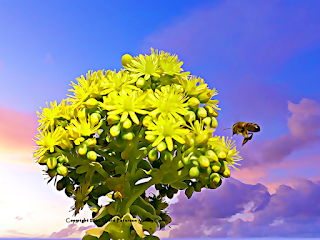The Fermi Paradox and the Lifecycle of a Biosphere, or the Grand Cosmic Opera

Our garden (rocky planet in the habitable zone where liquid water could exist) forms 4.54 billion years ago. Prokaryotes (bacteria and other single-celled organisms lacking a nucleus) appear about 4 billion years ago. Eukaryotes (organisms consisting of cells with a nucleus inside an envelope) appear about 2.5 billion years ago. Complex lifeforms (such as bilaterally symmetric vertebrates with a circulatory system) emerges during the Cambrian explosion 541 million years ago. Our solar biosphere continues to mature through cycles of extinction and proliferation over the next half a billion years. When the time for reproduction approaches, Gaia releases a volatile catalytic biofilm (complex, tool-using species), which disperses widely (through proliferation, migration, colonization, and globalization). Its purpose is to accelerate the antientropic processes required for this stage of life, which it does by consuming most of the...